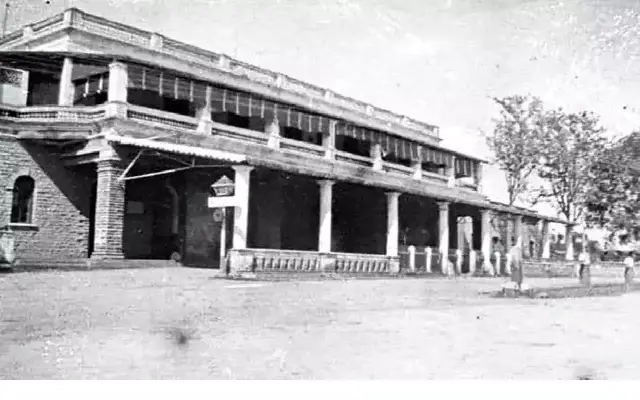The Bengaluru Cantonment Railway Station stands today as a bustling hub, but its origins trace back over 150 years, playing a pivotal role in shaping the city’s growth. Established in 1864 during the tenure of Sir Mark Cubbon as chief commissioner in Mysore, the station emerged as a crucial transportation link for the British government, connecting their headquarters in Madras to southern India.

Historical Significance and Development
Initially serving military purposes, the Cantonment station facilitated the transport of arms, food, and ammunition. However, it soon opened to the public, heralding a new era of connectivity and commerce. The influx of immigrants from various regions, including those involved in constructing the railway line, contributed to Bengaluru’s cultural diversity and economic prosperity.
Technological Advancements and Standardization
Over the decades, the station witnessed technological advancements, transitioning from metre gauge to broad gauge lines. Locomotives evolved from diverse designs to standardised models like the WP and WG classes post-Independence. The station’s infrastructure adapted to accommodate modern locomotives while preserving historical features like the arched section over Platform 1.
Preservation for the Future
As Bengaluru continues to modernise, efforts to preserve the heritage of the Cantonment station are vital. While renovations and upgrades are necessary, preserving elements of its rich history ensures a link to the past for future generations. Similar to international examples like St Pancras station in London, integrating old and new structures can maintain the station’s legacy while meeting contemporary needs.






